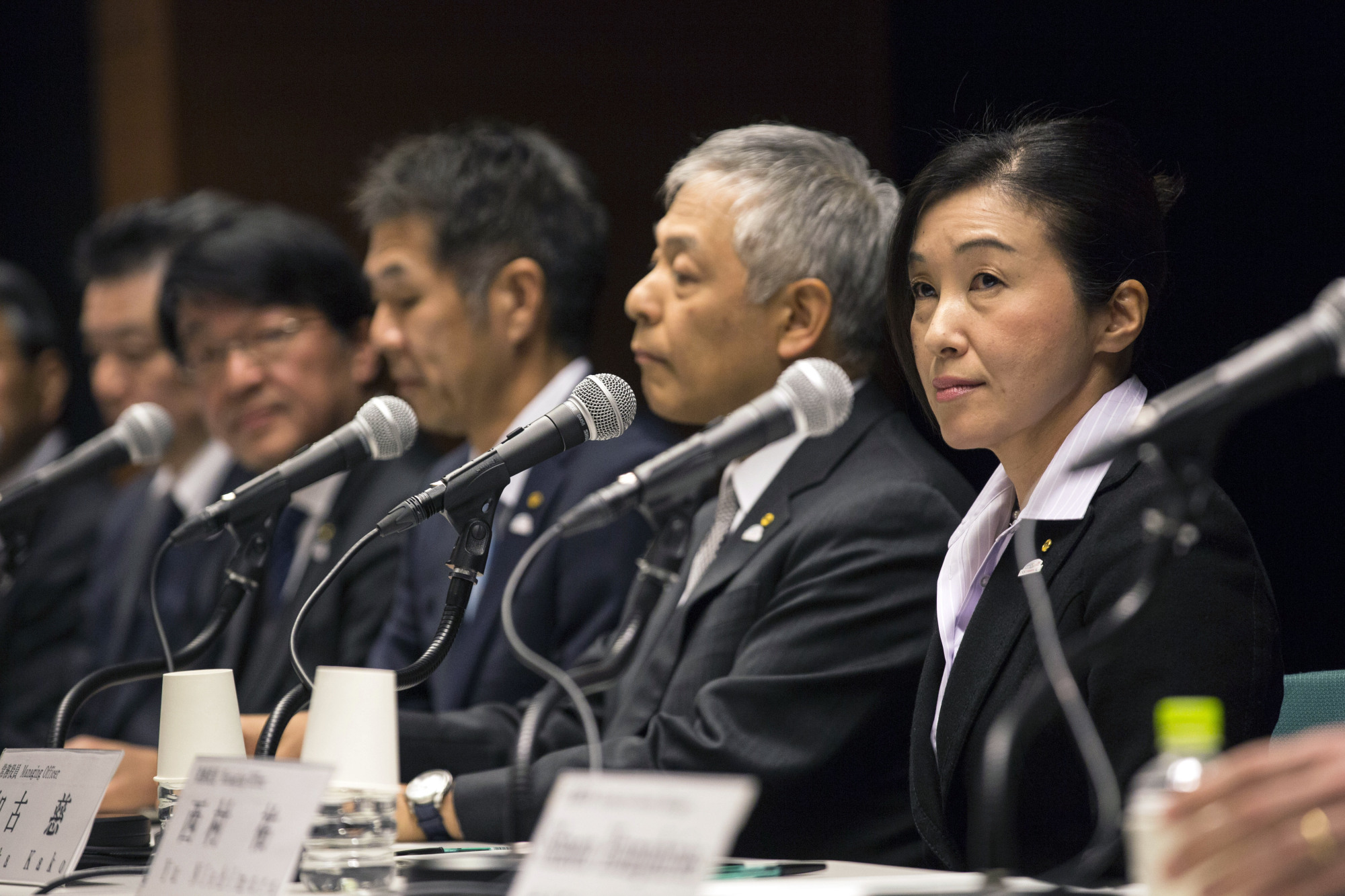In many respects, Japan's economy is doing better than at any time since the boom years of the 1980s. The employment rate is at all-time highs. Women have flooded into the labor force, and immigration is helping to cushion the blow of an aging society. Japanese companies, once known for low margins, are learning how to increase profits, helped by corporate-governance reforms and a burgeoning private-equity industry. The country has managed to reform some of its more dysfunctional sectors, including agriculture and retail. Exports have risen strongly, and despite an ill-advised trade war with South Korea, Japan has generally been proactive in pushing for free trade agreements.
Despite this positive news, however, Japan isn't close to being out of the economic woods. The fundamental problem is population aging, which is putting pressure on the pension system and forcing each worker to support an increasing number of retirees. With a relatively low total fertility rate of 1.42 children per woman — 2.1 is considered replacement level — the country will need to increase productivity rapidly to stay competitive, and to keep government programs funded.
Meanwhile, despite improving gender equality in the raw employment numbers, Japan is still struggling with equality in the workplace. Despite declaring that 30 percent of management positions would be held by women by 2020, the government of Prime Minister Shinzo Abe has had to content itself with only 13 percent. That is probably holding down both productivity — because women's talents are being wasted — and the fertility rate, thus compounding the country's long-term economic challenges.


















With your current subscription plan you can comment on stories. However, before writing your first comment, please create a display name in the Profile section of your subscriber account page.